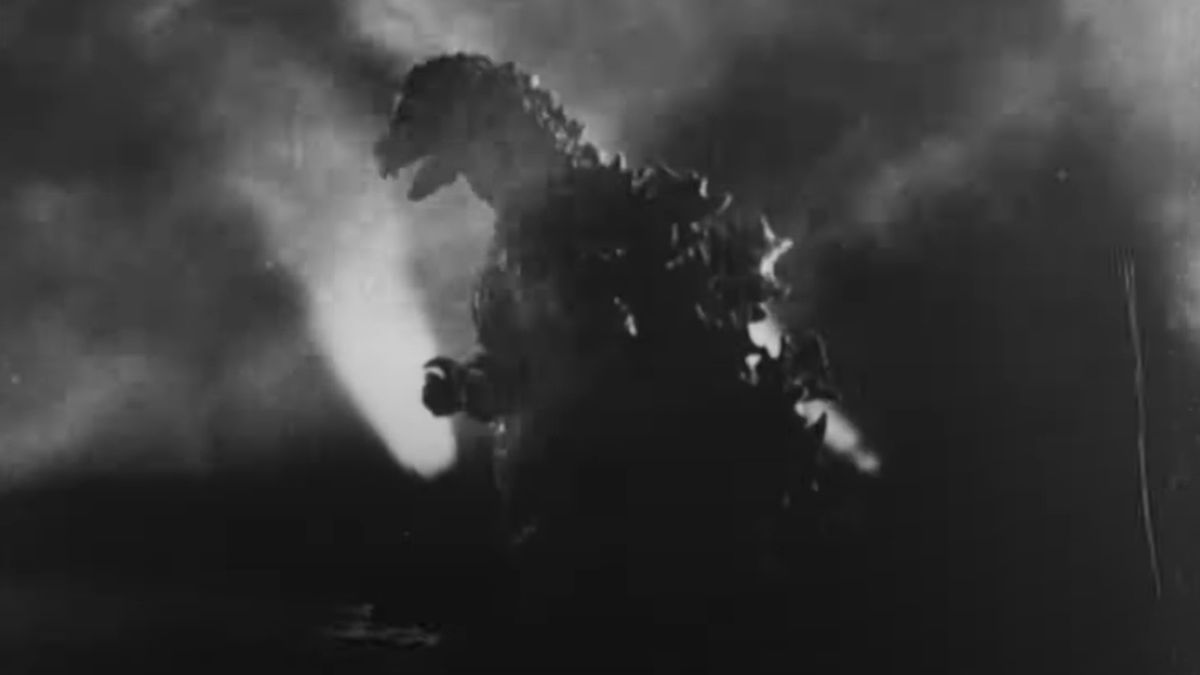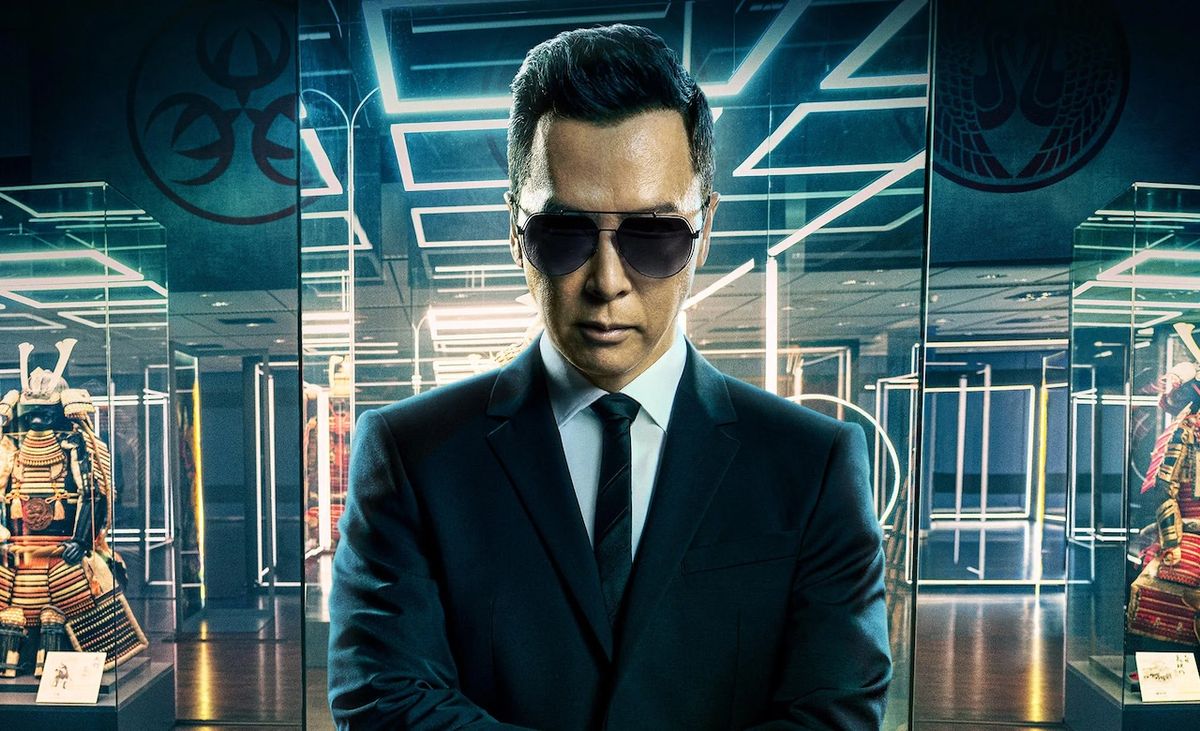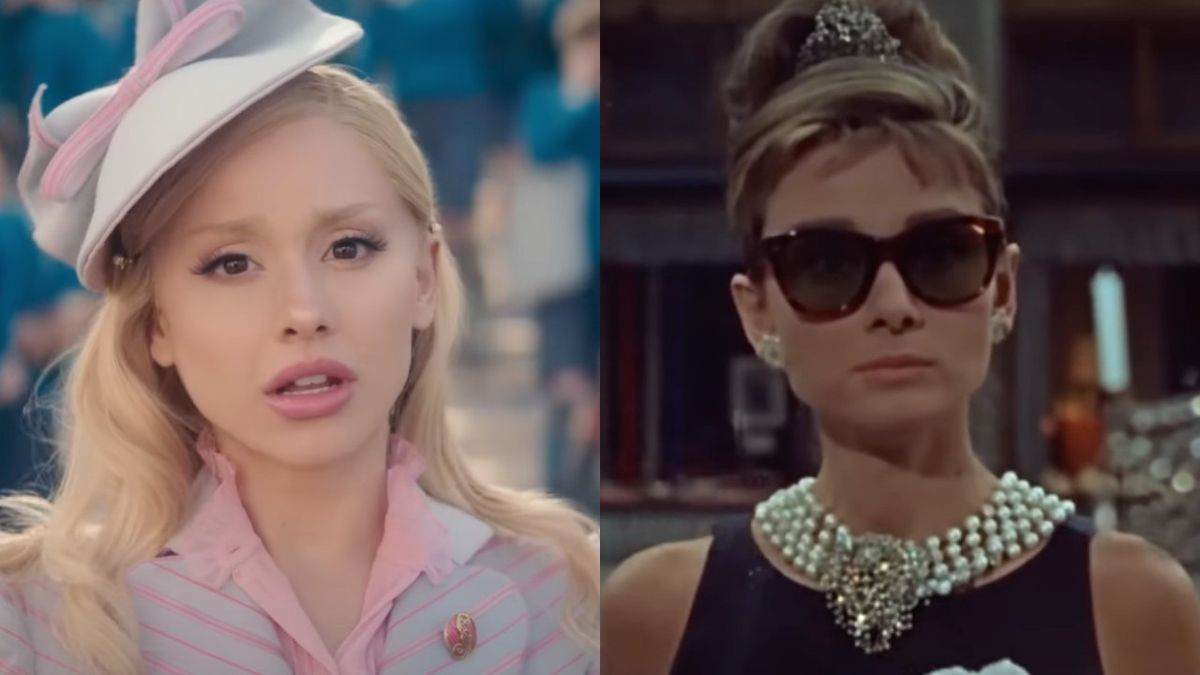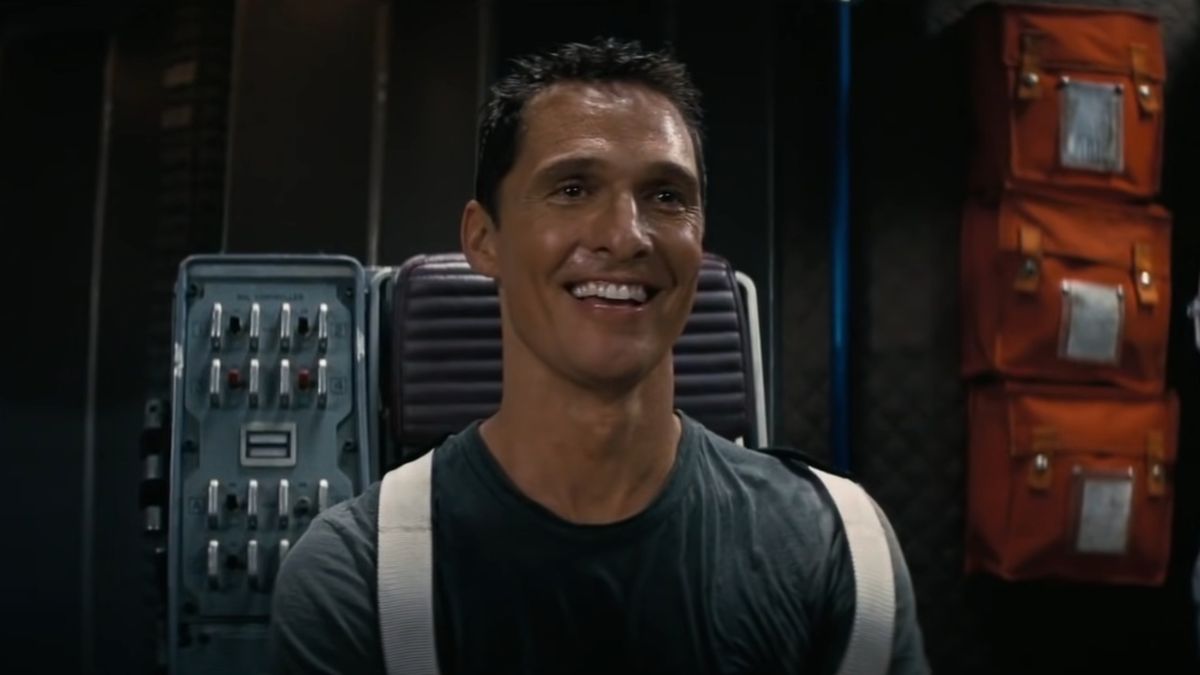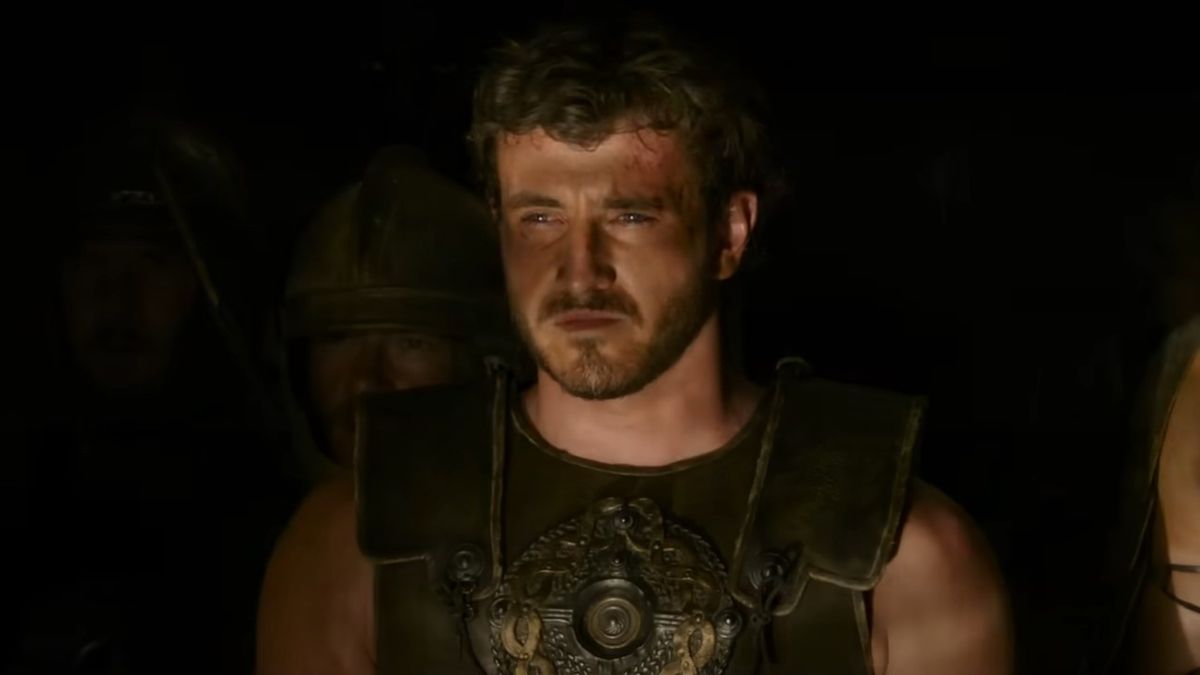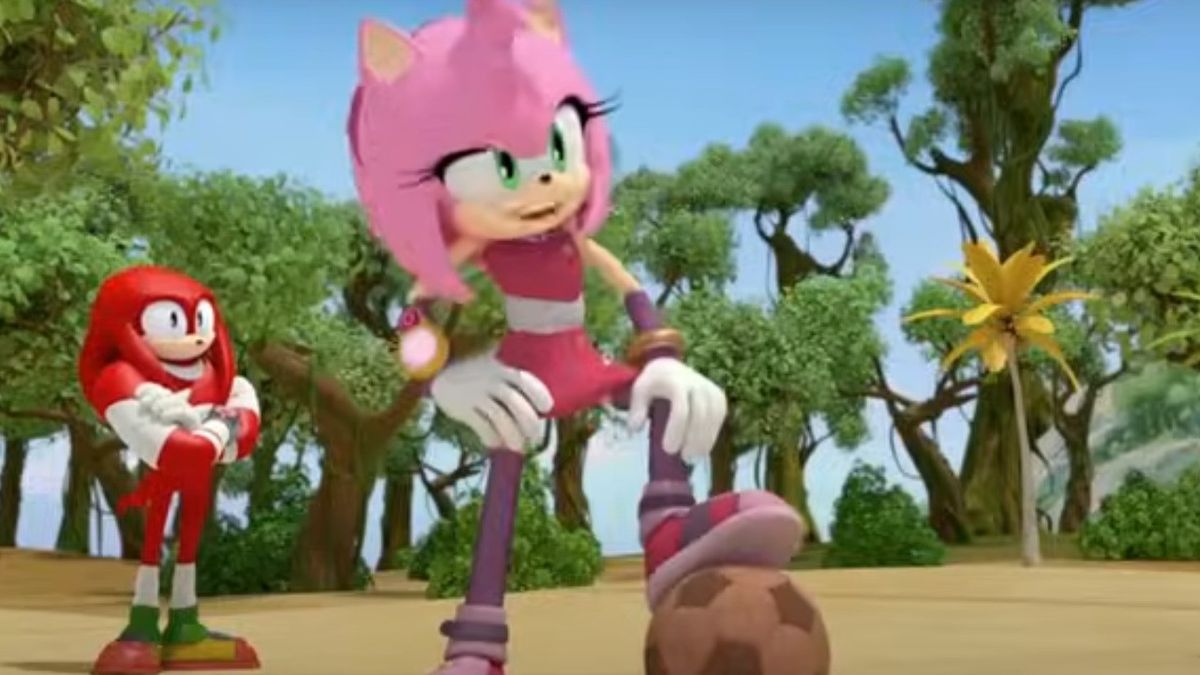The True Story Behind How Godzilla Came Into Being Back In 1954
Most people turn to the annual CinemaCon event in Las Vegas as the source for breaking news in the world of 2024 movies and beyond. However, that venue is also known to be a place to celebrate past wins and historical achievements, all in the name of the big screen. As we approach the 70th anniversary of Ishirō Honda’s Godzilla, Toho president Hiro Matsuoka reflected on Godzilla Minus One and its wild, worldwide success.
However, he also highlighted the quick and exciting history of how the King of the Monsters came to be. In honor of several Godzilla movie eras across seven decades of kaiju-loving history, here’s the true story of how Godzilla was created.
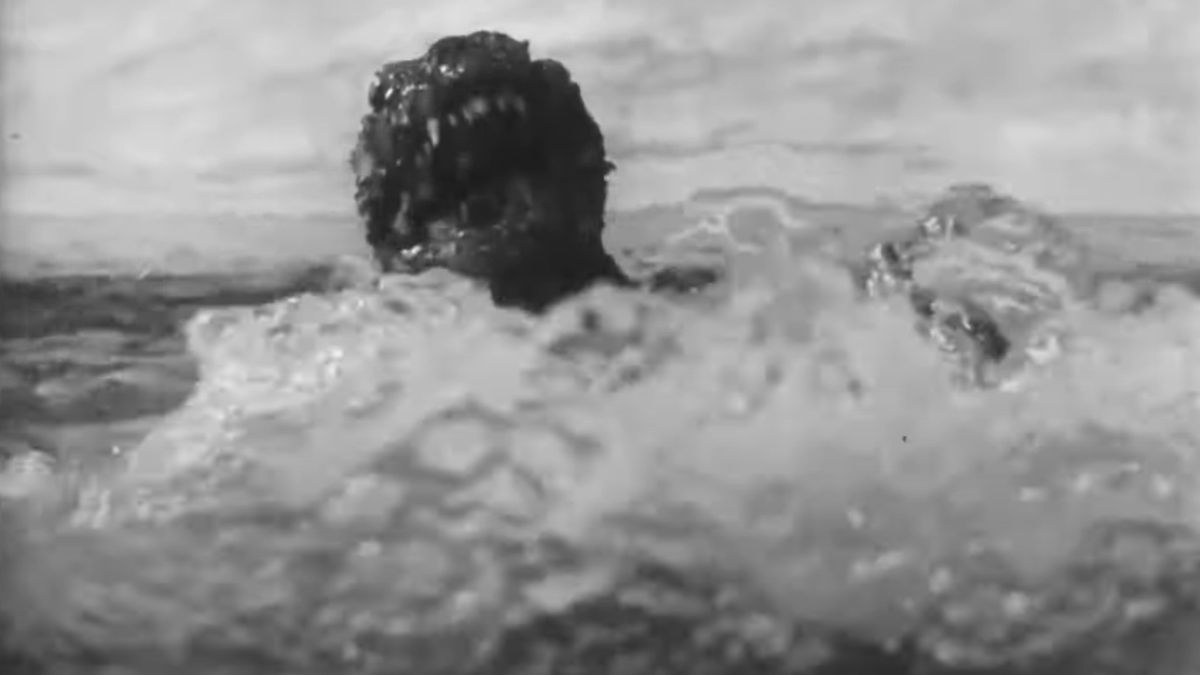
The Failed Movie That Led To Godzilla
Believe it or not, Godzilla came out of the failure of a totally different project Toho was trying to undertake. If history had shaken out a bit differently, a picture entitled In the Shadow of Glory would have been made instead of introducing the world to Godzilla. But as Hiro Matsuoka explained, current events and quick thinking led to this perfect storm:
There was one film that started it all: 1954’s Godzilla… In 1954 a joint film project with Indonesia had fallen through and Toho producer [Tomoyuki Tanaka] was in a tight spot, forced to come up with an urgent replacement. During his brainstorming, he thought of the idea of [sic] a Japanese fishing ball that had been exposed to radiation… in March of the same year causing a major social problem. … In that moment, [the producer wondered], ‘What if the hydrogen bomb test had awakened a monster that had been lying dormant in the sea?
Proving that necessity is the mother of invention, the dissolution of In the Shadow of Glory, paired with the acute radiation sickness reported by the crew of the Daigo Fukuryū Maru in March 1954, formed the basis for Godzilla’s creation. As the latter was the historical incident that Hiro Matsuoka alluded to in his remarks, a very real threat became the fuel for a gigantic legend.
Right from his creation, Godzilla embodied actual traumatic events in the atomic age, but with a sci-fi lens that would help that vision scale into something much more terrifying. Such a big idea would become a pivotal moment in cinematic history, provided, of course, that the right name was given to the G-man. Which, of course, leads to another fascinating turn of this tale.
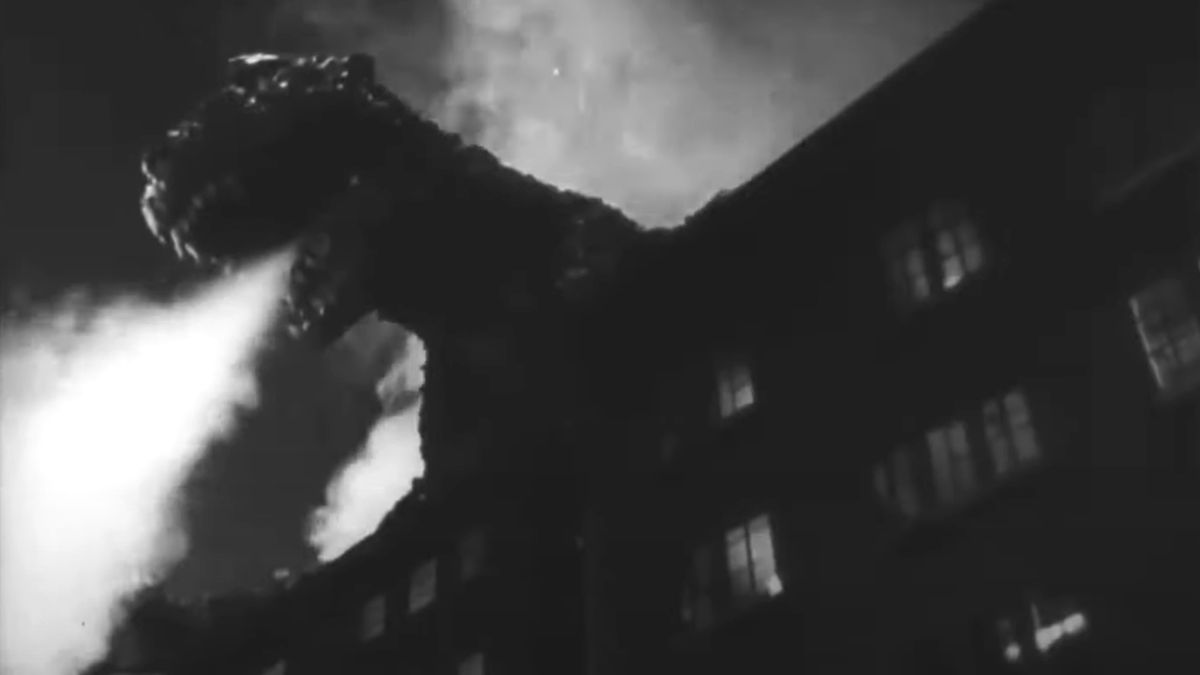
How Godzilla (Allegedly) Got His Name
Now here’s a story that diehard Godzilla fans have probably heard time and again. As Hiro Matsuoka’s CinemaCon talk continued, the subject of Godzilla’s name was also brought into play, and it’s an anecdote that’s historically been handed down for some time. Hewing close to the story that many within Toho have told time and again, this is what Matsuoka shared with the crowd:
But what to call the monster? Inspiration came from another Toho employee who had an unusual nickname – he was a big guy – he was a mixture of the whale and gorilla in Japanese.
In Japanese, gorilla translates into “gorira” and whale becomes “kujira.” So the crafty portmanteau of “Gojira” became Godzilla’s eventual namesake. Though it has to be noted that there’s never been a completely confirmed account of who this person was, and there is some controversy as to whether or not the official Toho history was what truly happened.
An alternate viewpoint was recounted via the book Japan’s Favorite Mon-Star: The Unauthorized Biography of the Big G. In that text, Ishirō Honda’s widow Kimi apparently conflicted with the well-worn story even her late husband seemed to perpetuate. Providing that story to the BBC in a 1998 documentary, Kimi Honda’s take on the matter was as follows:
I expect the [monster’s] name was thought up after very careful discussions between Mr. Tanaka, Mr. [Eiji] Tsuburaya, and my husband. I am sure they would have given the matter considerable thought. … The backstage boys at Toho loved to joke around with tall stories, but I don’t believe that one.
As Godzilla would eventually become a huge hit in its native Japan in 1954, the movie wouldn’t hit the United States until 1956. In that instance, one more name would be added to the legendary kaiju’s resume thanks to a wildly different version of one of the best sci-fi movies of all time.
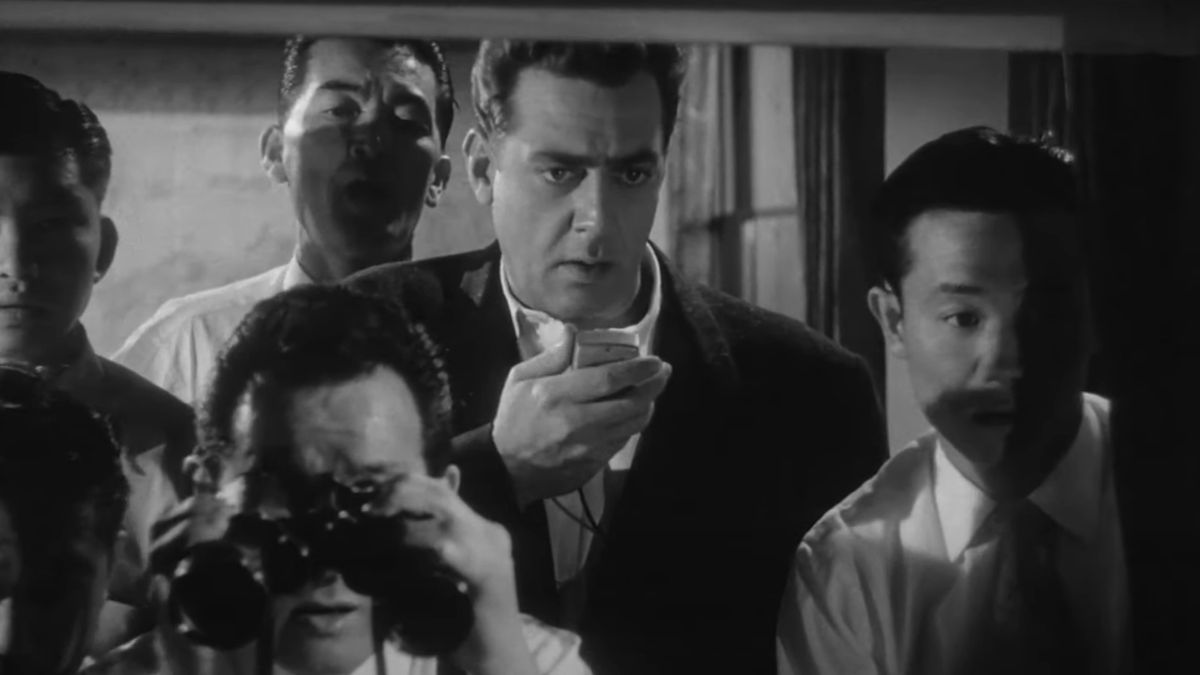
The American Recut, And How Godzilla Became King Of The Monsters
What happens when you recut a movie steeped in political and social commentary, and shoot new scenes for an international audience? In the case of Godzilla, the results were a trimmed-down version that went by the title Godzilla, King of the Monsters!
Director Terry O. Morse and Perry Mason actor Raymond Burr played a huge part in this new variant. This altered version was not only a smash, but it was also the only version US audiences would be able to see until 2004, the year that Godzilla was finally given a proper release to the market.
Despite all of the changes that were made without Ishirō Honda’s feedback or knowledge, this effort did give Toho another claim to fame. As pointed out in the second edition of David Kalat’s A Critical History and Filmography of Toho’s Godzilla Series, the American version’s title is where the moniker “King of the Monsters” was born. So this exercise in cinematic translation can’t totally be written off.
70 years of history have given us so many highs and lows when it comes to the world of Godzilla. But knowing that it all stemmed from some seriously creative thinking, and maybe a couple tall tales and dramatically different edits, makes the road travelled all the more rewarding. Who knows what the future will hold, especially with a potential Godzilla Minus One sequel being discussed frequently in interviews with writer/director Takashi Yamazaki?
For now, all we can do is look back and raise a toast to Godzilla: King of the Monsters! And if you want to keep that celebration going with an extremely fitting movie night, you can head to your Max subscription and watch the 1954 original, as well as several installments of the modern MonsterVerse saga that’s currently unfolding.

